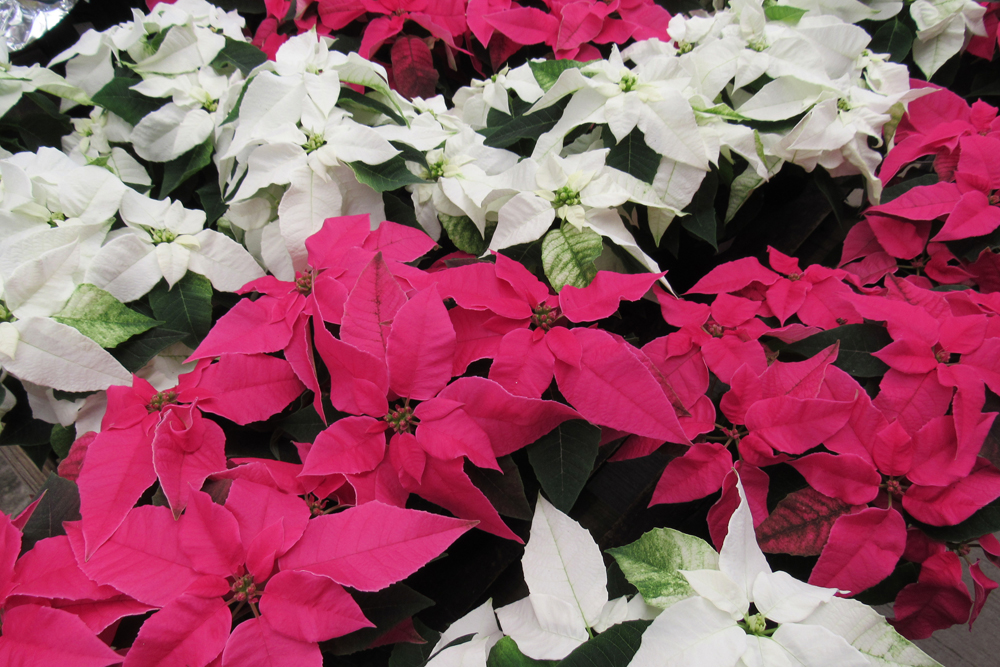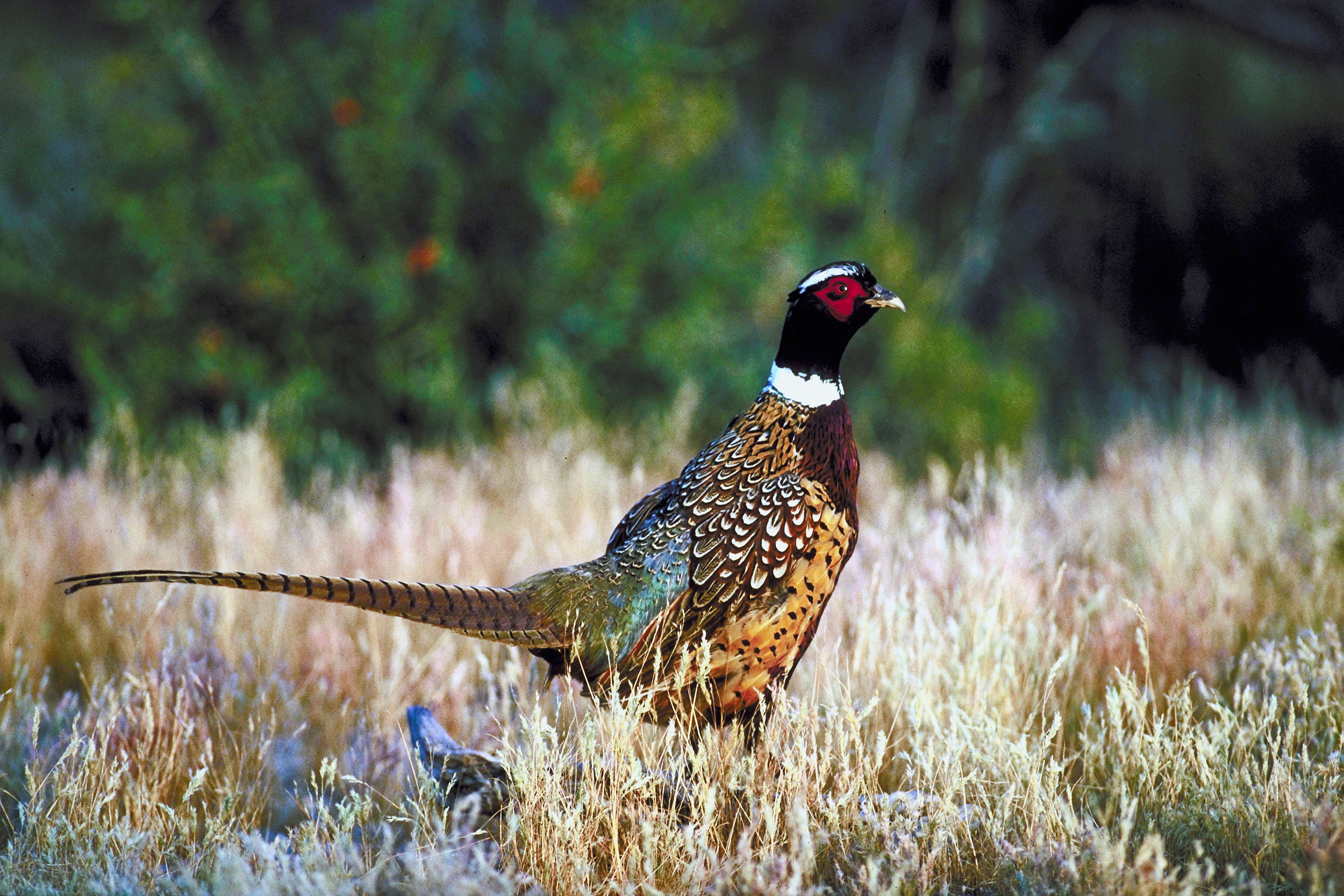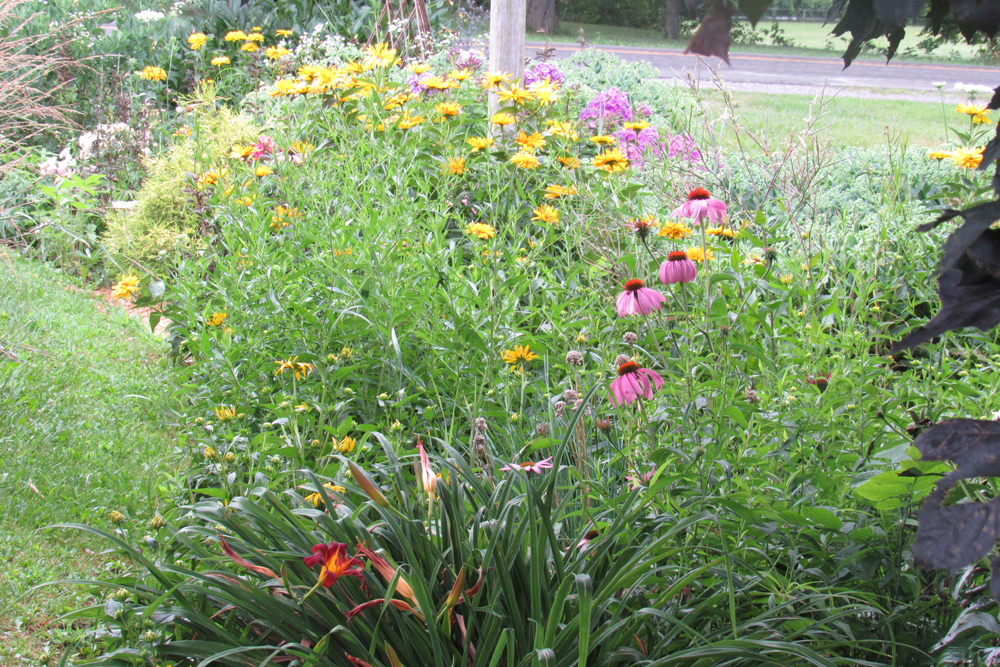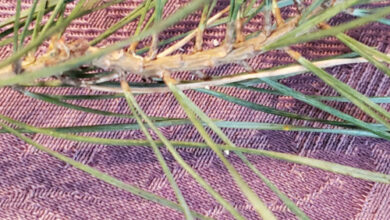Winter in the garden
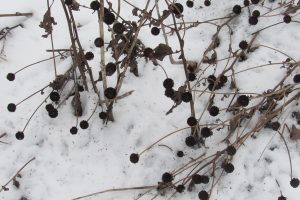
Happy New Year to everyone! We have had some wintery weather recently and it brought to mind two gardening topics for January: salt injury to trees and shrubs, and helping our feathered friends survive during the dark, frigid winter months.
Firstly, it is easy to see the effects that road salt spray can have on evergreens – direct contact causes yellowing of needles followed by the death of evergreen twigs and limbs. Direct exposure to road salt can also result in stunted or deformed growth or even the death of trees and shrubs. What may be less noticeable is the effect salt has on the roots of trees and shrubs, particularly deciduous plants which drop their leaves and go dormant in the winter.
According to Cornell Cooperative Extension of St. Lawrence County, damage to plants can occur when plowing deposits salt onto a tree’s root zone, or when runoff deposits salt directly into the soil. If salt becomes highly concentrated in the soil, it can kill plants, but smaller amounts of salt can also cause stress because salt makes water less available to roots and damages soil structure through sodium compaction.
Healthy soil contains natural channels through which air can pass, but salt breaks chemical bonds in healthy soil and pore spaces where oxygen is located collapse, making it difficult for plants to access air.New research has found that rain or heavy irrigation has little impact in washing salt from the soil, and that salt can build up in the soil over time. Salt related stress shows up in deciduous plants during the summer as browned leaf edges, called marginal leaf scorch, when the weather turns hot and dry.
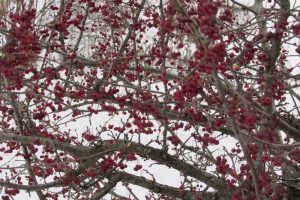
Cornell Cooperative Extension of St. Lawrence County recommends planting salt tolerant varieties of trees where salt damage is likely. Suggestions include honey locust, hawthorn and Norway maple. Fencing or burlap can be used to cover evergreens to protect foliage from salt damage, and protective berms can be used to move salty spring run-off away from plant root zones.
Recent frigid night temperatures have also resulted in lots of songbird activity at both our birdfeeder and in the gardens. I spotted a Robin in early January snacking on fruit still on the branches of the Sargent crabapple tree. The Sargent crab is typically a favorite of many birds, who prefer it over other crabapples in the yard. Cedar Waxwings and Mockingbirds frequent the tree and are so beautiful to watch.
Snow cover in the perennial beds drew attention to bird tracks where goldfinches and other songbirds have been feasting on the seed heads of Rudbeckia and coneflowers. If you don’t mind a bit of an unkempt appearance, gardeners can leave seed heads in the garden over the winter to help birds survive in the cold. They need extra fuel to keep warm during the long nights of winter.
The Cornell Lab of Ornithology recommends utilizing plants to attract birds to your yard year-round. Here are a few of their top suggestions: dogwood, serviceberry, crabapple, roses which form hips, clematis vines, wild grape and Virginia creeper.



